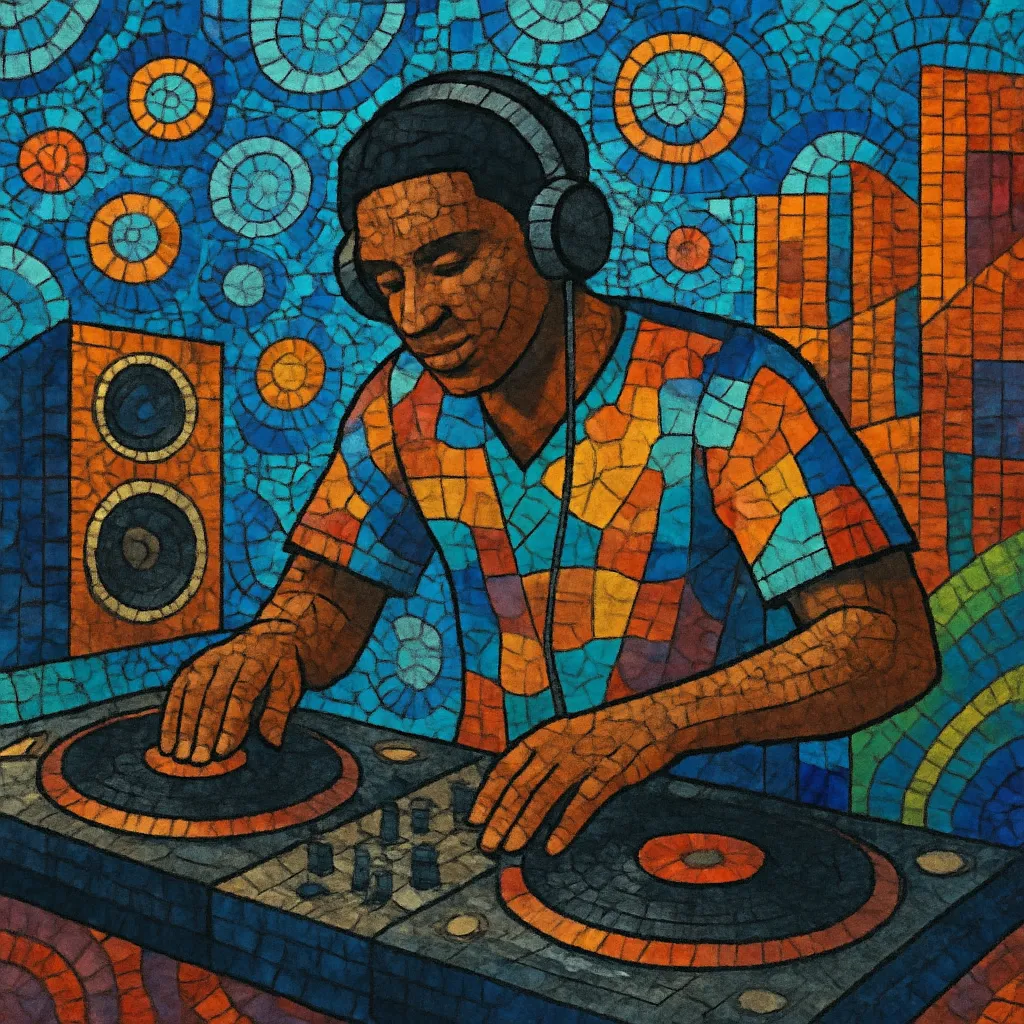Bubbling is a Dutch-Caribbean DJ style that emerged in Rotterdam in the late 1980s, built on speeding up, chopping, and rhythmically “stuttering” Jamaican dancehall and related Caribbean riddims. It is as much a performance technique as a production style, centering on turntable manipulation, spinbacks, and barrage-like cue cuts that create its characteristic effervescent feel.
Rather than conventional song structures, bubbling prioritizes relentless energy for the dancefloor: pitch-shifted dancehall vocals, looped fragments of soca or reggae, heavy sub-bass, airhorns and sirens, and rapid-fire rewinds. In the 1990s it grew from underground neighborhood parties to a youth movement, later cross-pollinating with Dutch house and helping set the stage for global club fusions such as moombahton.
Bubbling took shape among Afro-Caribbean communities (notably Curaçaoan and Surinamese) in Rotterdam, the Netherlands. In 1988, pioneering DJ Moortje began playing Jamaican dancehall records at faster speeds and with aggressive turntable techniques—spinbacks, quick cuts, and pitch control—turning familiar riddims into a frenetic, “bubbling” barrage designed for packed, sweaty house parties.
Through the early and mid-1990s, bubbling mixtapes and MC-led sound system sessions circulated widely. Its defining aesthetic—pitched-up vocals, stuttering loops, sirens, airhorns, and crowd-hyping MCs—made it a youth phenomenon in Dutch cities. While often marginalized by mainstream venues and at times facing local crackdowns, the style thrived in community halls, pirate radio, and DIY parties, and it began fusing with four-on-the-floor club patterns, foreshadowing “bubbling house.”
As Dutch club music gained international momentum, bubbling’s DNA filtered into the sharp, percussive sound colloquially known as Dutch house (a regional strain of electro house). In 2009–2010, producers drew explicit lines between bubbling’s Caribbean cadence and newer global bass styles—most famously moombahton, which slowed Dutch-electro sonics toward a dembow/dancehall pulse. A new generation of Dutch and diaspora DJs referenced bubbling’s techniques, recontextualizing them for festival stages and online scenes.
Bubbling remains a historically important Dutch-Caribbean club form: a performance-forward approach to dancehall riddims that continues to influence producers and DJs working at the intersection of Caribbean rhythms and European club energy.


